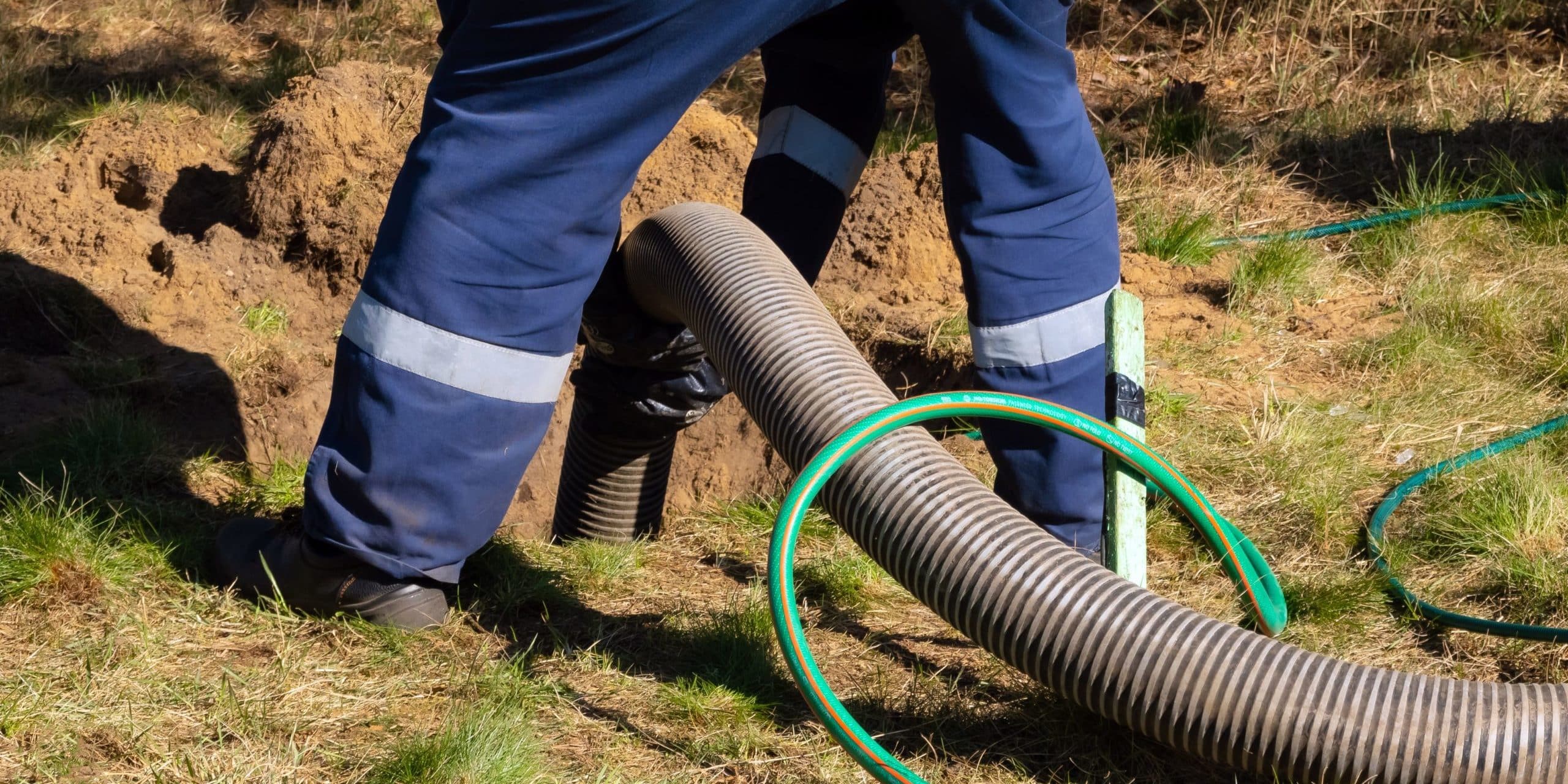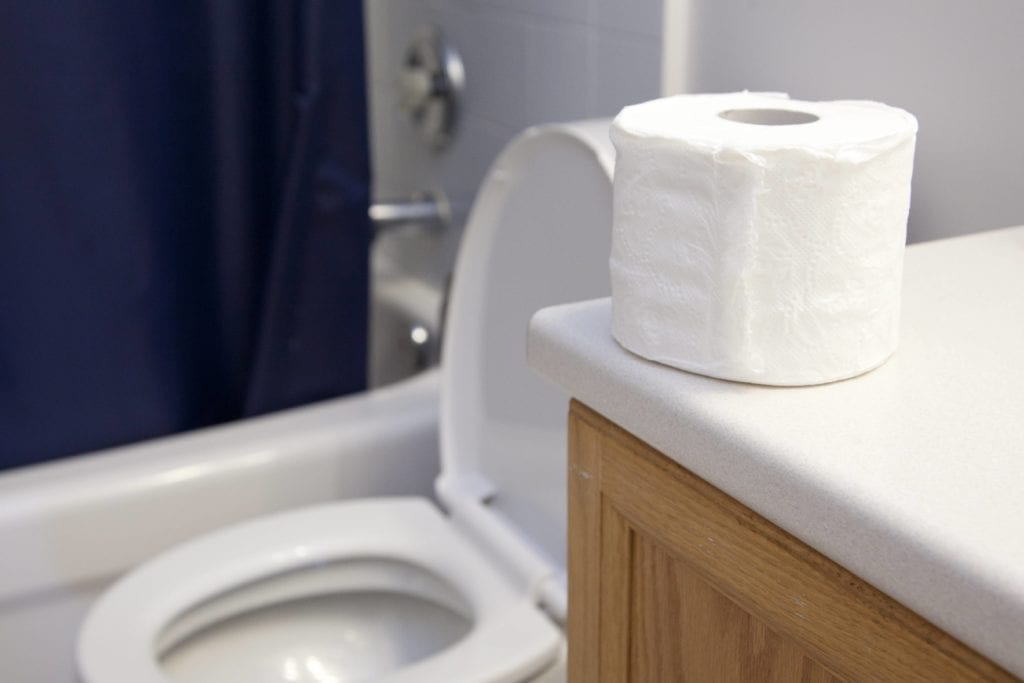
When choosing a home to live in, you might hear that there is “septic” or “sewer” for the home. Septic systems are said to be easier to maintain and save you money. However, it is necessary to maintain it in order to keep everything flowing through the tank and pipes. Unfortunately, pollution can end up in the ground or water supply if you don’t maintain your septic system properly and you don’t want this to happen.
There are two types of septic systems: Aerobic and Anaerobic. These systems are prevalent in rural areas and in the Northeast. In fact, one-half of New Hampshire and Maine homes have a septic system. This is an underground sewage treatment and disposal made up of a trench or leach field and a tank.
Gravity allows the sewage in the home to travel into the tank. The sewage refers to the wastewater from the home that comes from garbage disposals, dishwashers, washing machines, sinks, toilets, and showers. Ultimately, the bacteria that are in the tank will help break down the solids so a lot of the waste will float on top. Let’s look at 4 ways to maintain your septic system.
Let’s Get Started With How To Maintain Your Septic System

1. Inspect and Clean the Pump Frequently
In order to maintain your septic system, whether Aerobic or Anaerobic, you must have an inspection completed. These inspections should be every 1-3 years and pumped every 3-5 years. In addition, some systems have float switches and other devices and inspections need to be each year. Every state has different regulations so check with a professional to find out the recommendations.
The size of your household, how much wastewater is created, the volume of solids that are in the wastewater, and of course the tank size all determine the frequency of maintenance. Failing to pump out the water can cause a backup into the home so this must be done as well. The average cost for a routine septic pump is $100-$300.
2. Use Water Efficiently in Your Home
Depending on how old your home is, you might have toilets that are great at conserving water or ones that waste it. How much is too much? A high efficient toilet uses 1.6 gallons of water per flush, compared to older units that are 3-5 gallons! This is all part of maintaining the septic system and the less water used the better. When washing clothes, it is better to wash full loads.
In addition, many of us are “weekend warriors” when it comes to washing clothes and want to get it all done at once. However, this isn’t a great idea with septics, as it needs time to process the waste and drain into the field and not back up. A backup will be costly.

3. Only Flush Human Waste and Toilet Paper
Have you ever walked into a restroom at a business and there is a sign that says, “Don’t flush paper towels, feminine products, or wipes in the toilets?” This is because these items do not dissolve and will clog the system.
You don’t need to put a sign in your bathroom, but make sure there is a trashcan available for people to throw away these items instead. Maintaining your system by keeping things other than human waste and toilet paper out of the septic will allow it to work for many more years to come.
4. Don’t Use the Garbage Disposal
You may have seen people who have city or well water putting chemicals into the sink. However, the chemicals can kill the organisms that break down the matter in a septic and ruin the system. A better idea is to use a drain snake or boiling water to clean out a clog, not a chemical.
Did you know the garbage disposal is not good to use either? Throw away those extra pieces of food on the plate and leave the garbage disposal alone. The grease and fat items may get stuck and clog the system.
Concluding How To Maintain Your Septic System
Septic systems are cost-effective in many areas of the U.S. and can save you money with proper maintenance. Knowing that a replacement is $3000-$10,000, a properly maintained system can last 25-30 years. Do you have questions about your septic system or think you may need an inspection? Please leave us a reply!



